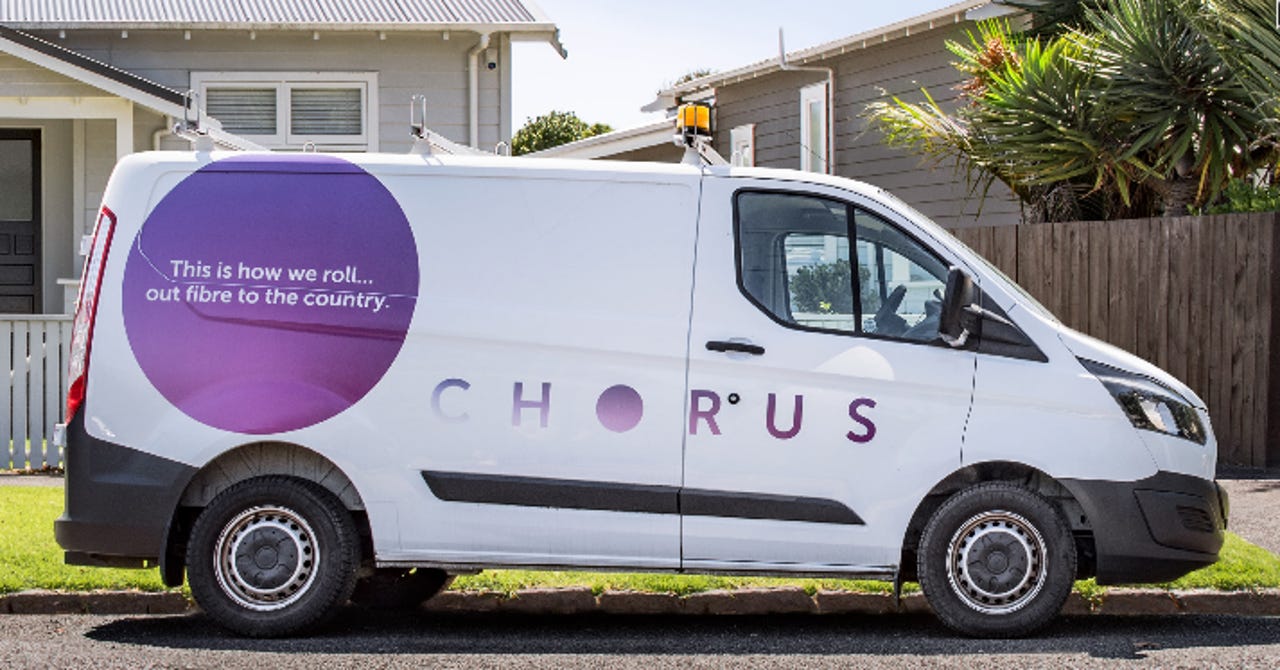Chorus increases half-year profit by 55% with UFB rollout almost complete


Chorus had a solid first half to the 2022 financial year, with profit, revenue, and EBITDA (earnings before interest, tax, depreciation, and amortisation) seeing increases across the board.
Net profit after tax rose 55% year-on-year to NZ$42 million, operating revenue increased by NZ$6 million to NZ$483 million, while EBITDA jumped from NZ$326 million to NZ$347 million.
As Chorus continues transitioning away from copper-based services, fibre broadband once again took up a larger share of the telco's total revenue when compared to years prior by chipping in NZ$267 million. Fibre broadband now accounts for 55% of the telco's revenue, an increase of 7 percentage points compared to the same period in the year prior.
After fibre broadband, copper-based broadband contributed NZ$80 million, while fibre premium, copper-based voice, and field services all provided around NZ$30 million in revenue for the half year.
Providing an update on the telco's Ultra-Fast Broadband (UFB) rollout, Chorus CEO JB Rousselot said his telco only has to connect 30,000 more premises to complete the fibre network.
So far, 1.3 million premises are eligible for UFB, with 67% of those premises -- 918,000 -- connected to the network as of the end of 2021. The 67% connectivity rate is a 2 percentage point increase since June, which amounted to 47,000 new fibre broadband connections in that six-month period.
"The continued growth in fibre demand is testament to the reliability fibre broadband is delivering through the challenges of the ongoing COVID pandemic," Rousselot said.
For the rest of the 2022 financial year, Chorus has also raised its EBITDA guidance to NZ$665-685 million due to a $9 million holiday pay provision that was released in December. The New Zealand telco added its expected capital expenditure range for the remainder of the year has dropped from NZ$550-590 million to NZ$520-560 million.
Beyond Chorus, other telecommunications movements across the Australia-New Zealand region include Field Solutions Holdings announcing it will use Nokia and Mavenir equipment for its new network build. The rural telecommunications provider is currently in the process of delivering 19 new place-based networks across Australia. These networks, comprising over 100 sites, will be 4G and 5G capable, and are set to be delivered by the 2024 financial year.
Digital services provider Webcentral, meanwhile, reported its half-year loss was cut by almost AU$9 million to AU$2.3 million. Inching closer to being in the black, the company attributed the improved performance to revenue for the six months to December 2021 increasing by 25% to AU$48 million.
In light of the increased revenue, provided by higher cloud and domains demand, Webcentral said its EBITDA of the half of AU$7.1 million outperformed the guidance it set out last year.
It wasn't all good news for WebCentral, as hardware sales and service delivery decreased by almost 50% year-on-year during the first half of FY22 due to COVID-19. The company said it expected to bounce back in this area for the second half as restrictions continue to ease across Australia.
RELATED COVERAGE
- NZ telcos told to create marketing code by ComCom to reduce customer confusion
- Vodafone NZ to drop legacy copper landlines by April 2021
- AWS to launch first data centre region in New Zealand by 2024
- Kiwis to see 100/20Mbps fibre lines jump to 300/100Mbps thanks to Chorus boost
- Chorus profit dips 10% from COVID-19 headwinds and increased competition